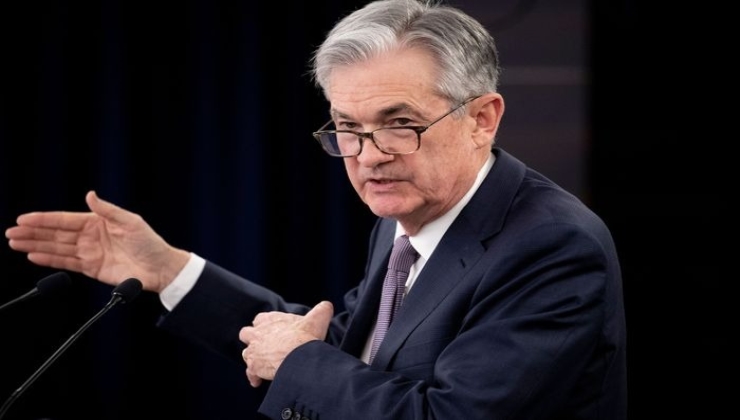The Federal Reserve’s recent signalling of a policy shift has sent ripples through financial markets as anticipation builds for potential interest rate hikes shortly. This article examines the factors behind the Fed’s pivot, the implications for various sectors of the economy, and strategies for investors navigating the changing landscape.
Understanding the Fed’s Policy Shift
After months of maintaining accommodative monetary policy to support economic recovery, the Federal Reserve has signalled a potential shift towards tightening. With mounting inflationary pressures and the labour market showing signs of strength, policymakers are considering the need to cool off an overheating economy while avoiding an abrupt slowdown.
Factors Driving the Pivot
Several factors have contributed to the Federal Reserve reassessing its policy stance. Chief among them is the persistent rise in inflation, fueled by supply chain disruptions, surging demand, and fiscal stimulus measures. Additionally, robust job growth and wage pressures have added to concerns about the economy overheating, prompting the Fed to consider preemptive action to curb inflationary pressures.
Implications for Various Sectors
The prospect of interest rate hikes has implications for various sectors of the economy. Higher borrowing costs could dampen consumer spending and business investment, particularly in interest-sensitive sectors such as housing and autos. Conversely, financial stocks may benefit from higher interest rates, as banks stand to earn more from lending activities. Bond markets are also likely to experience volatility as investors adjust their portfolios in response to changing interest rate expectations.
Strategies for Investors
In light of the Federal Reserve’s policy shift, investors may need to reassess their investment strategies. Defensive sectors like utilities and consumer staples may offer stability in a rising rate environment, while growth-oriented sectors like technology and healthcare could face headwinds. Additionally, fixed-income investors may consider adjusting the duration and composition of their bond portfolios to mitigate interest rate risk.
The Road Ahead: Navigating Uncertainty
As the Federal Reserve prepares to embark on a path of policy normalization, uncertainty looms over the economic outlook. The pace and magnitude of interest rate hikes will depend on evolving economic data and inflation dynamics, making forecasting challenging. However, by staying informed and diversified, investors can position themselves to weather potential market volatility and capitalize on opportunities that arise.
Conclusion
The Federal Reserve’s signalling of a policy shift towards interest rate hikes marks a significant inflexion point for financial markets and the broader economy. As policymakers navigate the delicate balance between supporting growth and taming inflation, investors must remain vigilant and adaptable in their approach. By understanding the implications of the Fed’s actions and adjusting their strategies accordingly, investors can confidently navigate the changing landscape.

